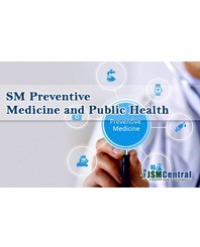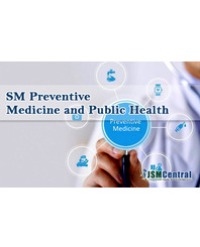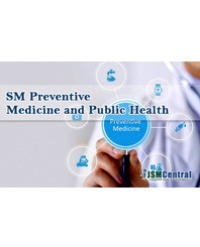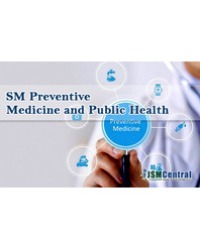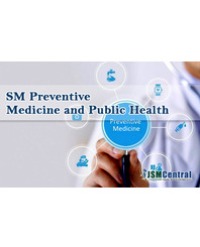
A Public Health Concern: The Effect of Culture on Eating Disorders Remaining Mindful in General Medicine / Family Practice
What about eating disorders? According to the National Institute of Health (2016) article, Eating Disorders: “Eating disorders are actually serious and often fatal illnesses that cause severe disturbances to a person’s eating behaviors. Obsessions with food, body weight, and shape may also signal an eating disorder.
Nicholas A Kerna1,2*

